As always the year has flown by to leave us with much uncertainty and sadness in the world. Fortunately, life in the secret valley continues pretty much the same – it is easy to find relief from everyday stresses when surrounded by unspoilt countryside. Rarely does a day pass when I don’t count my blessings for having had a rural upbringing and the opportunity to continue to live and work in such beautiful surroundings.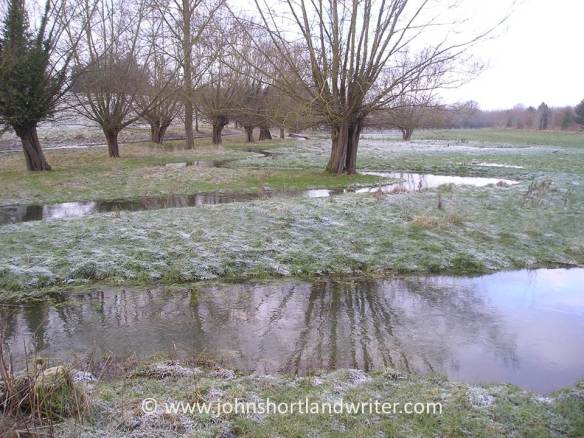
However, I am no hermit and I enjoy visiting other places – even cities! One city I loved when I visited it some years ago was Stockholm, the capital of Sweden and I began the blogging year with a post about the Skansen open air museum. Skansen was the first tomove and preserve traditional, threatened buildings; it was founded as early as 1873. As well as buildings it also houses a zoo, concentrating on breeding native wildlife for reintroduction schemes including the European Bison which had become extinct in the wild. To see more of the buildings click on the link here.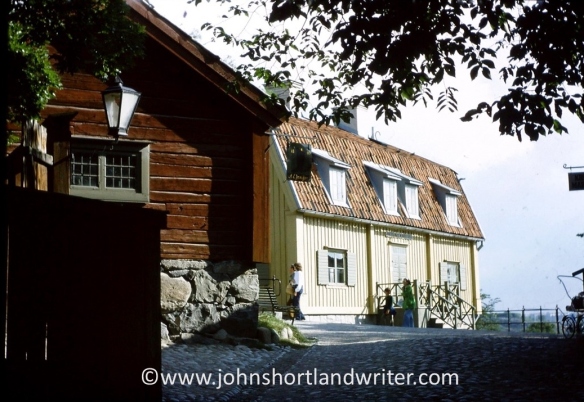
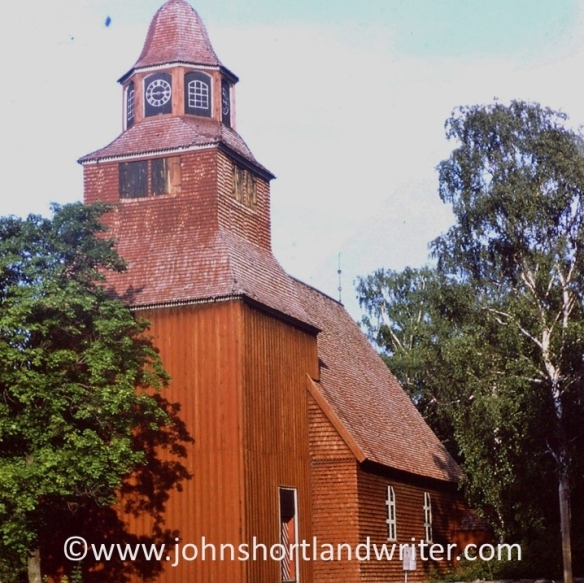
Exmoor is a second home to me and features regularly on my blog. In March, with some misgivings – for why would I want to share such a magical place – I took readers on my favourite walk, one that wouldn’t be found in any guide book. The walk encompasses all that is best on Exmoor: open heather moorland, deep wooded combes, rushing streams and traditional pubs. It also passed the door of the hill farm where I turned up as a lad looking for work after leaving school. I was taken in and cared for – and made to work hard – and, well read the story by clicking on the link here.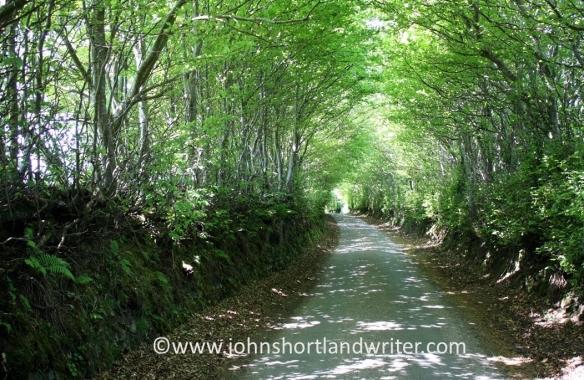

April saw me back on the Continent (as we Brits call Europe). This time in the south of France visiting the ancient town of Lombez. It is far from the tourist routes and we discovered it quite by chance. With its ancient, timbered buildings and wonderful, brick built cathedral it deserved a longer visit than we were able to give it. An excuse for a return trip, perhaps? In the meantime, you can visit it by clicking on this link here.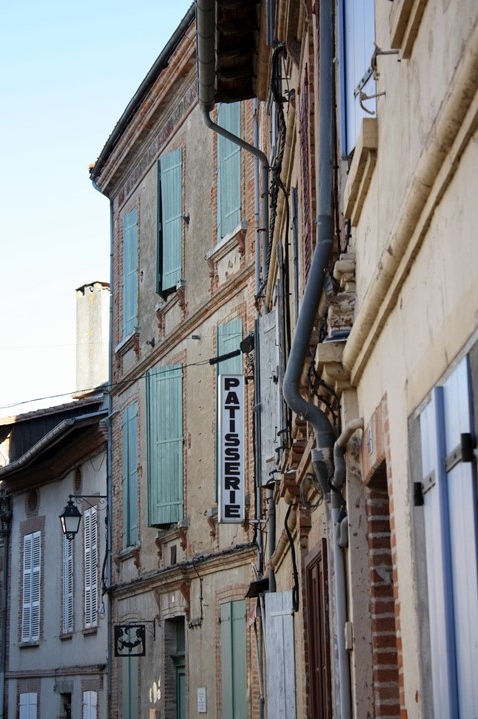
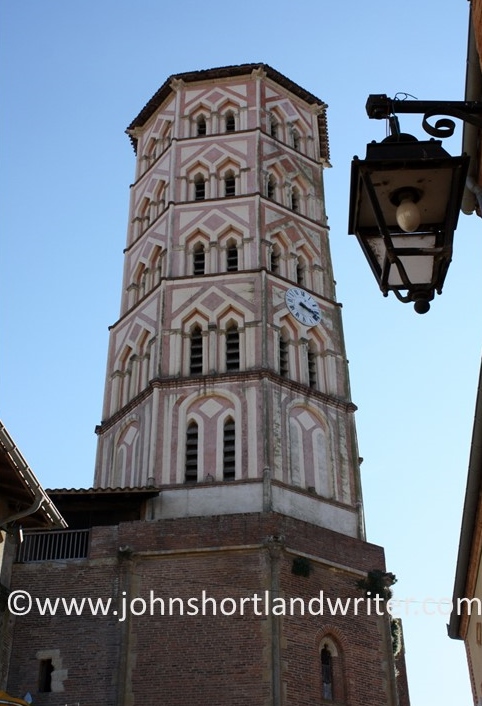
If April saw us travelling slowly through France, May saw us travel at an even slower pace – by longboat on the Oxford Canal. Passing through traditional buttercup meadows – we were miles from the city of Oxford – and in glorious sunshine it was the perfect way to relax as well as to see the wildlife that seemed oblivious to our passing. Click on the link here to see more.
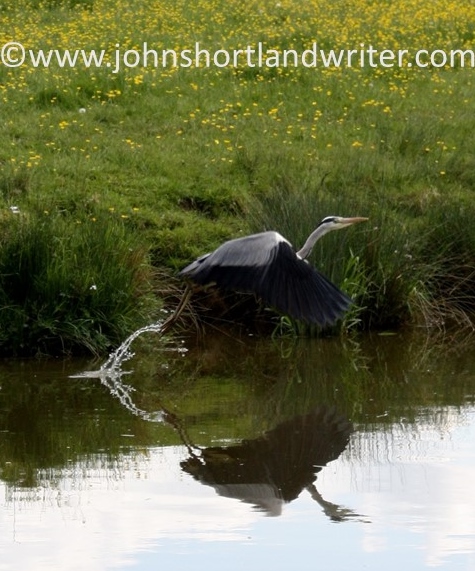
Our native butterflies struggle to thrive but I have been fortunate in living in places where they prosper reasonably well. As a gardener, (both my hobby and my profession), I probably see more than most and in June I wrote about the species that visit gardens. See how many you can identify in your own garden by clicking on the link here and don’t forget to record them with your local conservation trusts or online.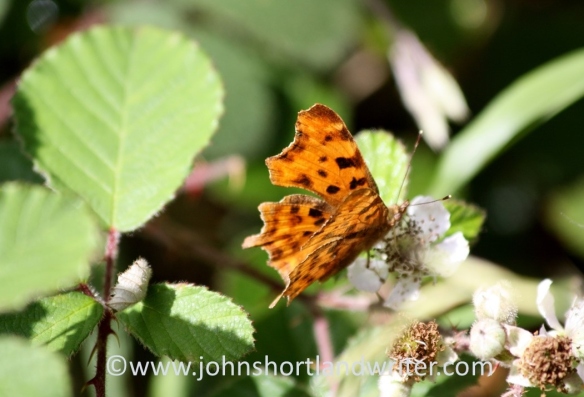
2017 may well prove to be a year that none of us forget too easily. Travel abroad or in the countryside – and the British countryside is second to none – always helps to refresh the spirits. I have numerous plans for the year ahead and hope that you will be joining me month by month. In the meantime, the review of the second half of this year will follow shortly and don’t forget that images of the Cotswolds and other places I visit are updated regularly on my Facebook page and on Flickr. You can also find me on Twitter @johnshortlandwr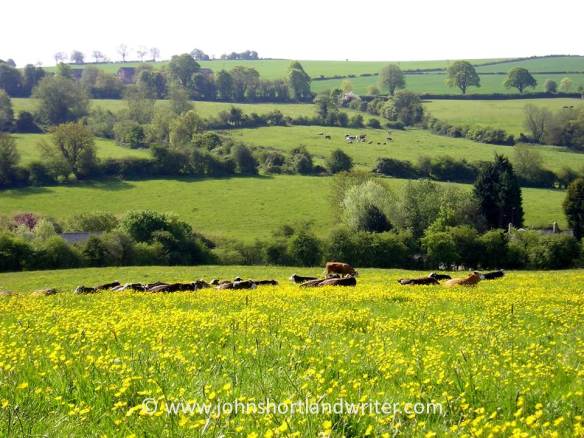



























 .
.
 .
. .
. .
.
 .
. .
. .
. .
.
 .
. .
. 
 .
. .
. .
. .
. .
. .
. .
.




 The lavender hedge not only gave me plenty of lavenders, it also softened the curved and hard edge of the stone path that extended the whole length of the border. An unforeseen bonus was with the reflected heat from the stone – it seemed to heighten their scent, filling the air along with myriads of bees and butterflies that were attracted to it. Another good bee plant was Purple Loosetrife, Lythrum salicifolium, a native plant normally found in damp places and by pond edges. This is a garden cultivar ‘Robert’, which is shorter than the type and was quite at home in ordinary garden soil. The ground cover rose ‘Magic Carpet’ was a close match in colour, the result quite strident but tempered by the lighter centre of the rose flower. I wouldn’t describe this as me at my most subtle!
The lavender hedge not only gave me plenty of lavenders, it also softened the curved and hard edge of the stone path that extended the whole length of the border. An unforeseen bonus was with the reflected heat from the stone – it seemed to heighten their scent, filling the air along with myriads of bees and butterflies that were attracted to it. Another good bee plant was Purple Loosetrife, Lythrum salicifolium, a native plant normally found in damp places and by pond edges. This is a garden cultivar ‘Robert’, which is shorter than the type and was quite at home in ordinary garden soil. The ground cover rose ‘Magic Carpet’ was a close match in colour, the result quite strident but tempered by the lighter centre of the rose flower. I wouldn’t describe this as me at my most subtle! A much quieter planting and taking cottage style to it’s extreme was this combination of Icelandic poppies and scabious. I didn’t notice the bumblebee at the time but it really ‘makes’ the photo!
A much quieter planting and taking cottage style to it’s extreme was this combination of Icelandic poppies and scabious. I didn’t notice the bumblebee at the time but it really ‘makes’ the photo!  The Magic Carpet rose looks much easier on the eye planted against lavender and red sage.
The Magic Carpet rose looks much easier on the eye planted against lavender and red sage. Climbing roses are a passion – no garden should be without at least one. This is a David Austin variety called Snow Goose and is one of my signature plants: it goes into many of the gardens I work with. It is easy, disease free, relatively low growing (about 9ft) so ideal for all sorts of odd corners. It sadly lacks scent which normally would rule it out for me. Certain plants such as roses, sweet peas and pinks, for example, have to have scent, for surely that is their ‘raison d’etre’. Here Snow Goose is growing through Photinia davidiana ‘Palette’ which is being trained as a wall shrub. I love the way the tiny white flowers of the Photinia mimic the rose and the white splashes on the leaves are emphasised by the flower colour.
Climbing roses are a passion – no garden should be without at least one. This is a David Austin variety called Snow Goose and is one of my signature plants: it goes into many of the gardens I work with. It is easy, disease free, relatively low growing (about 9ft) so ideal for all sorts of odd corners. It sadly lacks scent which normally would rule it out for me. Certain plants such as roses, sweet peas and pinks, for example, have to have scent, for surely that is their ‘raison d’etre’. Here Snow Goose is growing through Photinia davidiana ‘Palette’ which is being trained as a wall shrub. I love the way the tiny white flowers of the Photinia mimic the rose and the white splashes on the leaves are emphasised by the flower colour.  Rosa glauca is another rose that I use regularly. It is grown mostly for its wonderful foliage although the flowers are pretty, if somewhat fleeting. This shrub rose will grow to 6ft or more but to get the best foliage and stem colour it is best to prune it hard. Cut back severely it sends out these long, dusky wands which are perfect for cutting for use in the house. Here it is teamed with the Oriental poppy ‘Patty’s Plum’. The poppy was planted inside a trio of the roses which hides the poppy’s leaves as these tend to become rather shabby. The thorns of the rose also hook the floppy stems of the poppy flowers which means that there is no need for staking and tying in: why bother with a chore like that when nature can do it for you?
Rosa glauca is another rose that I use regularly. It is grown mostly for its wonderful foliage although the flowers are pretty, if somewhat fleeting. This shrub rose will grow to 6ft or more but to get the best foliage and stem colour it is best to prune it hard. Cut back severely it sends out these long, dusky wands which are perfect for cutting for use in the house. Here it is teamed with the Oriental poppy ‘Patty’s Plum’. The poppy was planted inside a trio of the roses which hides the poppy’s leaves as these tend to become rather shabby. The thorns of the rose also hook the floppy stems of the poppy flowers which means that there is no need for staking and tying in: why bother with a chore like that when nature can do it for you?  A combination of blues against a blue sky using Love-in-a-Mist (Nigella), Salvia nemerosa ‘Rugen’ and two Iris, ‘Jane Phillips’, pale blue with a pleasant scent and ‘Deep Blue’ with its dark, almost black flowers. The tall, ferny foliage in the background is the giant scabious, Cephalaria giganteum. Its pale yellow flowers give a complete colour variation to this part of the border as the iris fade and the Cephalaria opens to glow like moonshine behind the nigella and salvia.
A combination of blues against a blue sky using Love-in-a-Mist (Nigella), Salvia nemerosa ‘Rugen’ and two Iris, ‘Jane Phillips’, pale blue with a pleasant scent and ‘Deep Blue’ with its dark, almost black flowers. The tall, ferny foliage in the background is the giant scabious, Cephalaria giganteum. Its pale yellow flowers give a complete colour variation to this part of the border as the iris fade and the Cephalaria opens to glow like moonshine behind the nigella and salvia.
 And it’s offical: it started in Spring when the BBC reported (so it must be true!) that clouds of Painted Ladies had been seen off the English coast, soon to arrive from annual migration from Africa. And sure enough, just a few days later, the hedgerows of the secret valley suddenly had dozens of them resting on the fresh new leaves and, every so often, stretching their wings to absorb what warmth there was.
And it’s offical: it started in Spring when the BBC reported (so it must be true!) that clouds of Painted Ladies had been seen off the English coast, soon to arrive from annual migration from Africa. And sure enough, just a few days later, the hedgerows of the secret valley suddenly had dozens of them resting on the fresh new leaves and, every so often, stretching their wings to absorb what warmth there was.



